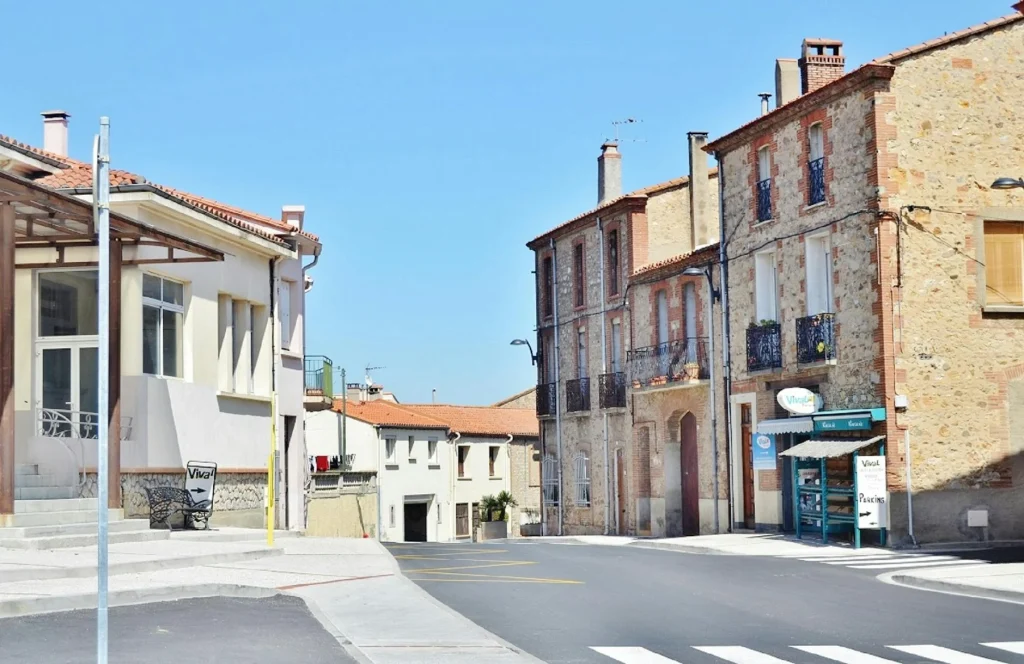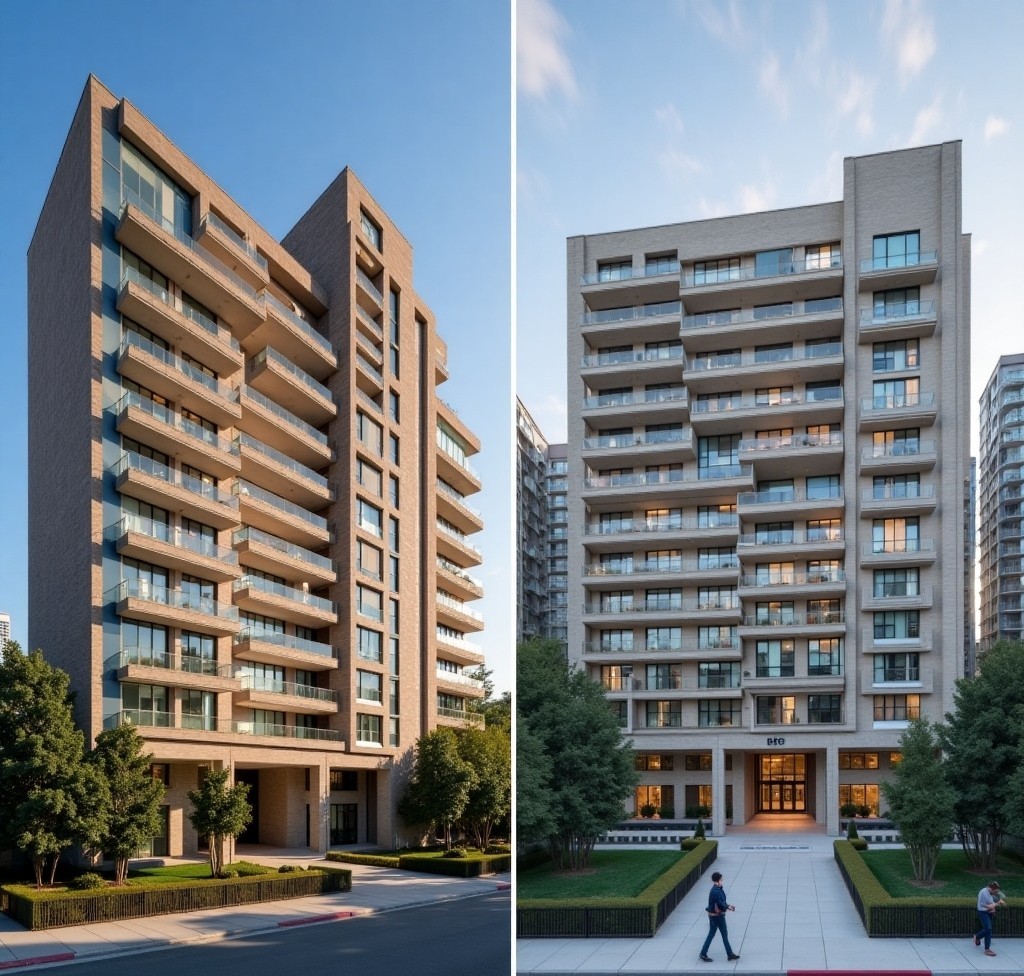“Should one choose to live in central Tokyo—or opt for a serene, nature-rich suburb?”
This question has long been debated—not only among international high-net-worth individuals, but also by Japanese buyers themselves.
In recent years, the rise of remote work during and after the pandemic has led to a resurgence of interest in suburban living. And yet, the asset value of central Tokyo has remained remarkably resilient.
So today, which has truly emerged as the “winner” in terms of real estate value—the city center or the suburbs?
We explore the answer from three key perspectives: investment performance, quality of life, and market liquidity.
■ [Central Tokyo] Unmatched Stability in Asset Value
Tokyo’s core wards—Minato, Shibuya, Chiyoda, Chuo, and Shinjuku—continue to serve as the epicenter of Japan’s real estate market.
Even during the COVID-19 shock in 2020, central Tokyo properties experienced only a brief dip before rebounding swiftly—now reaching record-high price levels.
In short, when it comes to price stability and asset liquidity, central Tokyo remains the undisputed champion of Japan’s property investment landscape.
- High land prices create a natural buffer against depreciation
- Consistent demand from foreign executives, embassies, and affluent expatriates
- Proximity to major stations, newer high-rise developments, and premium construction sustain asset values
- Robust rental market with low vacancy rates
Even during the COVID-19 shock in 2020, central Tokyo properties experienced only a brief dip before rebounding swiftly—now reaching record-high price levels.
In short, when it comes to price stability and asset liquidity, central Tokyo remains the undisputed champion of Japan’s property investment landscape.

■ [Suburbs] Cost Efficiency with Spacious Living
Suburban areas such as Kanagawa (Yokohama, Kamakura, Hayama), Chiba (Kashiwa, Nagareyama), and Saitama (Omiya, Tokorozawa) have seen a significant surge in popularity in recent years.
- For the same price, one can acquire considerably more space—often 80–100 ㎡ or more—than in central Tokyo
- Surrounded by greenery and parks, ideal for families and second homes
- Detached homes with land are more accessible
- A rich local culture, culinary scene, and strong sense of community enhance everyday satisfaction
An increasing number of affluent individuals are embracing a dual-residence lifestyle—spending part of the week in central Tokyo and the rest in the suburbs. In this shift, property is no longer viewed solely as an asset, but as a stage for meaningful personal experiences.
■ From an Investment Perspective: Evaluating the Exit Strategy
The most significant difference between central Tokyo and the suburbs lies in their exit strategy strength—namely, resale and rental liquidity.
In the city center, demand remains consistently high from foreign investors, multinational firms, and affluent families. As a result, properties are generally easier to sell or lease at any time.
By contrast, suburban areas can vary significantly in quality and demand—and for foreign buyers without access to local mortgage financing, liquidity can be a concern.
In short, when viewed purely through the perspective of asset performance, central Tokyo continues to hold the upper hand.
That said, suburban properties may be better suited for individuals with the following priorities:
- Buyers who already own in central Tokyo and are seeking a second home or vacation retreat
- Buyers who place a premium on family life and value spacious environment
- Buyers who place a premium on family life and value the serenity and space that suburban settings can offer.
■ A New Era of Balance: Where Lifestyle Needs Meet Investment Value
To conclude, in today’s market, it’s no longer about choosing one or the other—it’s about how to combine both.
- Central Tokyo represents real estate as a financial asset.
- The suburbs represent real estate as a lifestyle asset.
The city delivers confidence through market liquidity; the suburbs provide fulfillment through everyday living.
The method to balance these two dimensions will ultimately define how you maximize the true value of property ownership.

■ Summary — The Best Choice Is Defined by Your Intentions
In real estate, the most important question is not simply “where”—but “who is buying, for what purpose, and where does it best align?”
-
For pure investment focused on yield and exit strategy → Central Tokyo
-
For a second home or family-oriented lifestyle → The Suburbs
-
For hybrid ownership to diversity risk → A dual-axis strategy combining both
There’s no single correct answer. But one truth remains clear: Tokyo is among the rare global cities that offer all of these possibilities in one place.
It’s not about picking a winner—It’s about defining your own best answer—right here, in Tokyo.




